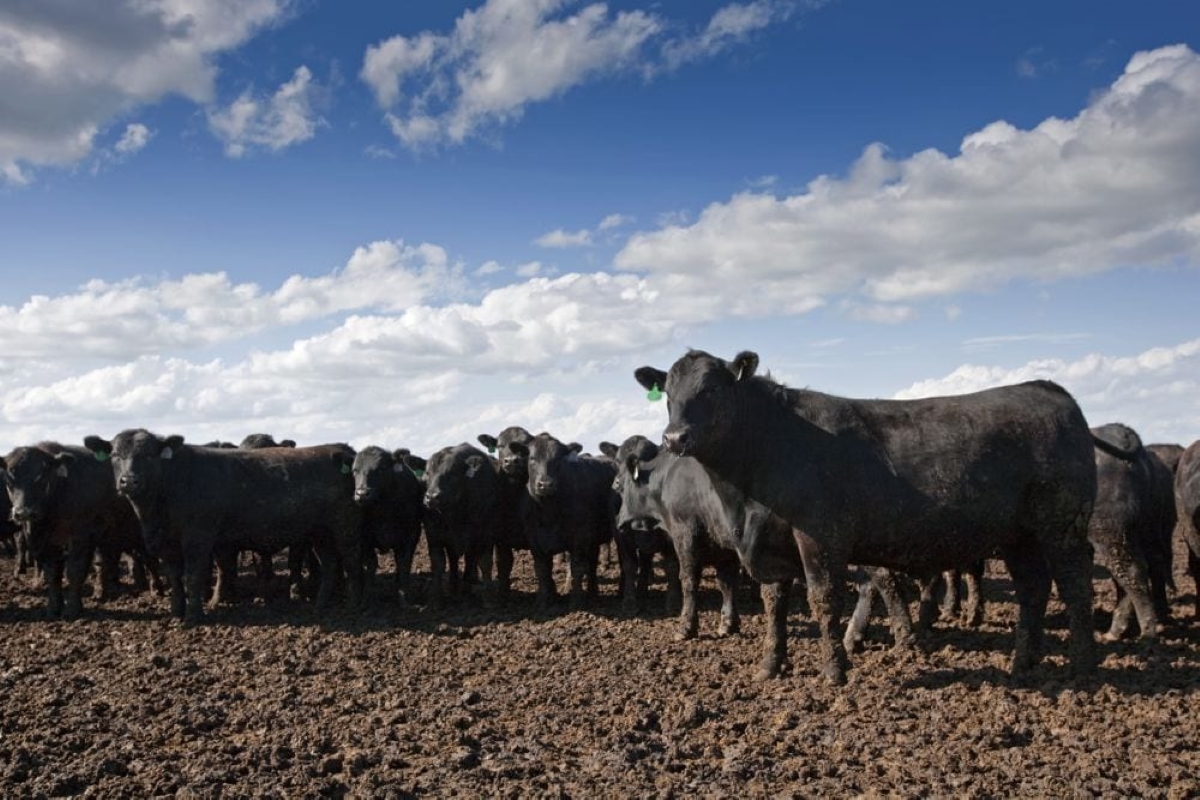Chicago | Reuters — Feeder cattle futures on the Chicago Mercantile Exchange firmed for the fifth consecutive session, as corn, a significant input for producers, continues to fall, traders said.
“The feeders have sort of been hobbled for a long time because of the elevated feed price,” said Dennis Smith, livestock analyst and broker at Archer Financial Services. “The market’s anticipating continued strength in the feeder cattle market, moving forward.”
Most-active CME January feeder cattle added 1.325 cents, to 183.775 cents/lb. (all figures US$).
Read Also

U.S. livestock: Cattle futures end lower on profit-taking, technicals and flat cash prices
Chicago Mercantile Exchange cattle futures fell for a third consecutive day on Thursday in profit-taking and technical selling setback following recent highs and amid some weaker-than-expected cash market sales this week.
CME benchmark February live cattle eased 0.05 cent, to 155.825 cents/lb., while the spot December contract slipped 0.125 cent to 153.225 cents/lb.
Several life-of-contract highs were notched for next summer and fall, including June, August and October live cattle futures contracts.
Strength in the cash cattle market continues to support live futures, with northern U.S. plains cattle trading from $157 to $159 per hundredweight (cwt), while the southern plains saw firmer trade as high as $156 per cwt late last week, the U.S. Department of Agriculture said.
Boxed beef prices fell significantly on Monday, with choice cuts losing $6.62, to $243.31/cwt. Choice cuts have fallen more than $10 since Wednesday, according to USDA data. Select cuts lost $3.45, to $221.11/cwt, on Monday.
Meanwhile, CME February lean hogs added 0.1 cents, to 90.525 cents/lb., after climbing to 91.9, its highest since Sept. 21.
Nearby December hogs eased 0.35 cent, to 82.075 cents/lb.
Further easing of COVID-19 quarantine rules in some Chinese cities could increase demand for U.S. commodities, traders said.
China is one of the biggest consumers of U.S. pork, though recent high prices have curbed U.S. exports to the country, Smith noted.
“As we do the math, we just don’t think the U.S. pork is cheap enough to go to China,” Smith said.
China is set to announce the further easing of its pandemic-related curbs as early as Wednesday, sources told Reuters.
The CME’s lean hog index, a two-day weighted average of cash hog prices, fell 37 cents, to $82.87 per cwt, its lowest since Jan. 28.
— Christopher Walljasper reports on agriculture and ag commodities for Reuters from Chicago.
















